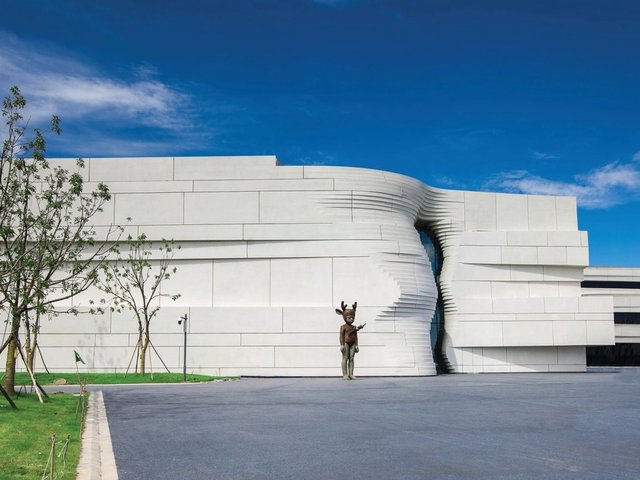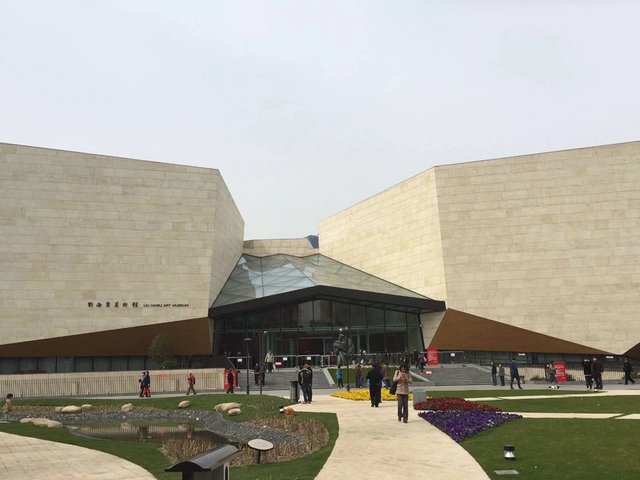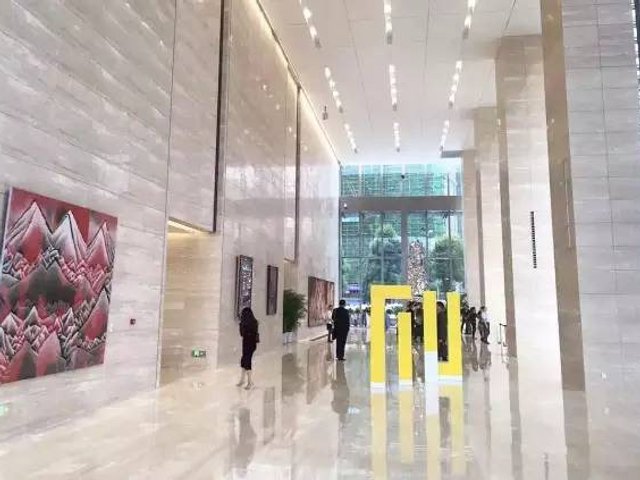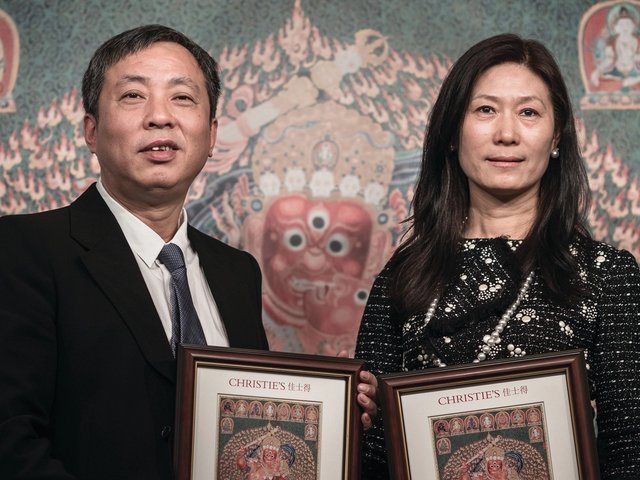The Nanjing International Art Festival announced last week the details for its third iteration, which will be held from November 12 (through February 12, 2017) at the new Baijia Lake Museum. Headed by prolific Chinese curator Lv Peng, the festival will explore the theme of Historicode: Scarcity and Supply, with a focus on contemporary art made since 1990.
Lv and co-curator Letizia Ragaglia, the director of Museion, Bolzano's museum of Modern and contemporary art, plan to show more than 800 works by 400 artists, with support from a curatorial committee that includes China’s Fu Xiaodong, Carol Yinghua Lu and Du Xiyun plus Belgium’s Heidi Ballet and America’s Katie Geha.
This year marks a shift to more streamlined exhibition than in 2014 and 2015, which respectively included around 5,000 and 8,000 artists, and from Modern masters to contemporary art. An “open submission” competition will remain, says festival chairman Yan Lugen. The festival will debut Yan’s property group Baijia Lake International Culture Investment’s Baijia Lake Museum.
The 20,000 sq m former residential and commercial building was repurposed by architect Zhang Can into exhibition spaces, a research centre and storage. “The exterior will look very different, with a ‘skin’ wrapped around the facade of the structure,” Yan says, with long-term plans to operate as a “cultural centre [with] a range of programming.”
Nanjing, situated two hours from Shanghai by train, is the capital of the affluent coastal Jiangsu Province. “Nanjing is a city full of history, and it is starting to develop its cultural voice,” says Yan, highlighting the Art Museum of Nanjing University of the Arts and the private Sifang Art Museum, along with prominent resident artists including Tang Guo and Mao Yan. “We have a population of over eight million and we are seeing a growing appetite for the arts.”





